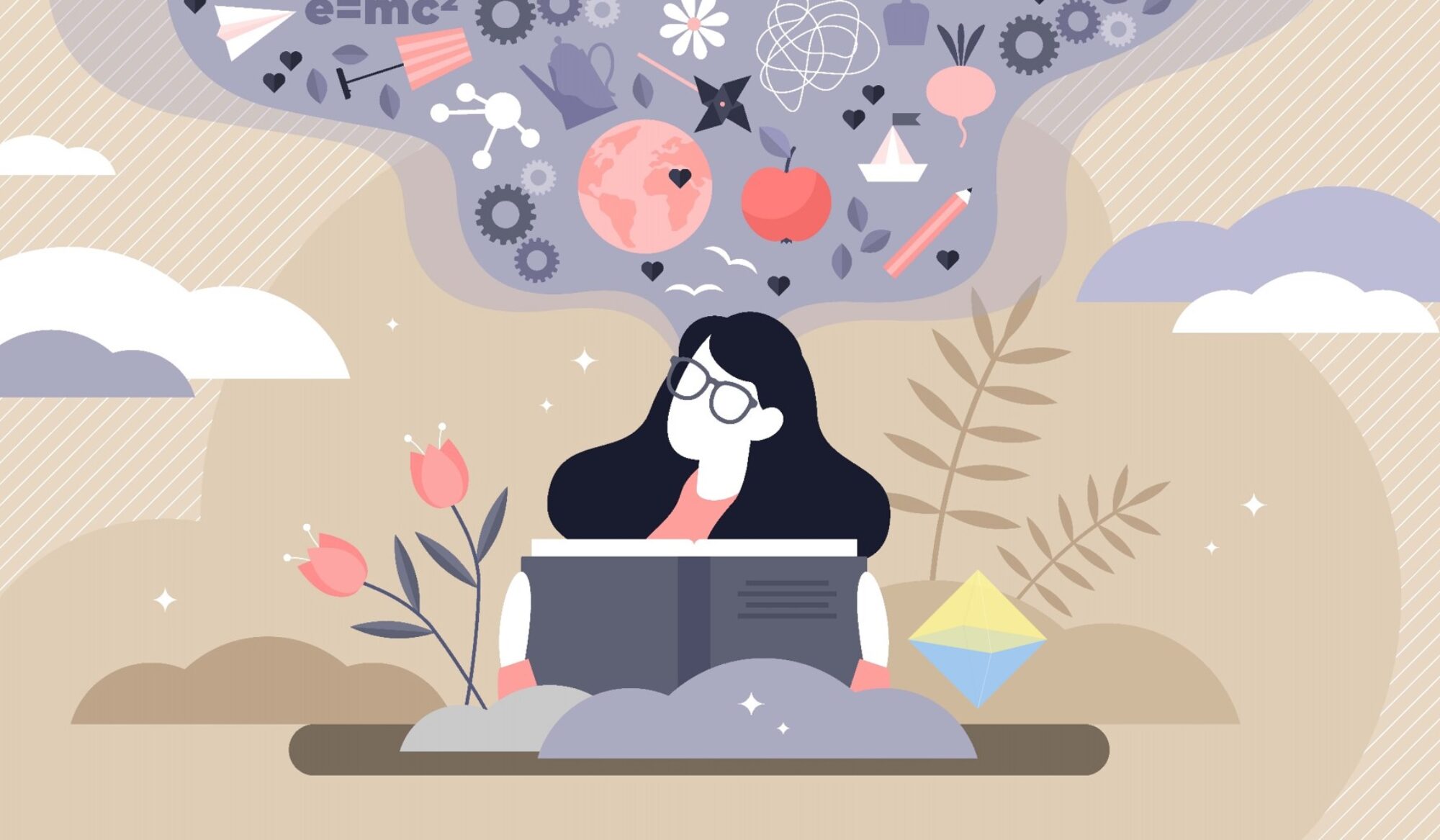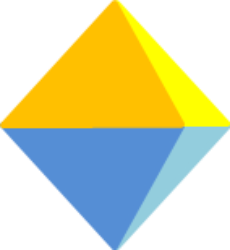
While I may not bring the credentials of a neuroscientist or psychologist, my unique blend of professional experience in learning design, Human-Computer Interaction (HCI), and now Artificial Intelligence (AI), coupled with personal experiences through rehabilitation, mindfulness, and other influences and practices, positions me as an ideal enabler of the concept of cognitive balance.
Cognitive balance, a concept that is gaining traction across various fields, is more than just a psychological construct. It is a multidimensional concept that intersects with neuroscience, education, occupational therapy, cognitive rehabilitation, mindfulness practices, HCI, and AI.
In the realm of neuroscience, cognitive balance plays a crucial role in understanding neurodivergence and improving executive functioning. In education, it helps educators tailor their teaching methods to meet the diverse cognitive needs of their students. Occupational therapists use cognitive balance to help individuals improve their ability to perform daily activities and enhance their quality of life. In cognitive rehabilitation, it is a key concept for helping individuals improve their cognitive functioning after a brain injury or neurological disorder.
The principles of cognitive balance are also deeply embedded in mindfulness and meditation practices, which aim to help individuals achieve a state of mental equilibrium. In the field of HCI, cognitive balance is important for designing user-friendly interfaces and experiences. And in AI and Machine Learning, cognitive balance can inform the development of algorithms that mimic human cognition, leading to more sophisticated and human-like AI systems.
As an enthusiast with a purpose, an overcomer of challenges, and a learning designer, I aim to help the world overcome the cognitive biases and mental blocks ingrained by thousands of years of conformity, using the tool of cognitive balance. My insights are not only beneficial to a broad audience but also contribute to my efforts to usher in a satisfaction economy.
Discover why cognitive balance is the newest essential skill for the 21st Century. An open access online tool is in the works, till then, my book, “Cognitive Balance”, serves as both an engaging read and a handy guide. How will you harness its power? [More about the book HERE.]
I invite you to share your thoughts and experiences on cognitive balance. How has it impacted your life? How do you see it influencing various fields? Join the conversation!


